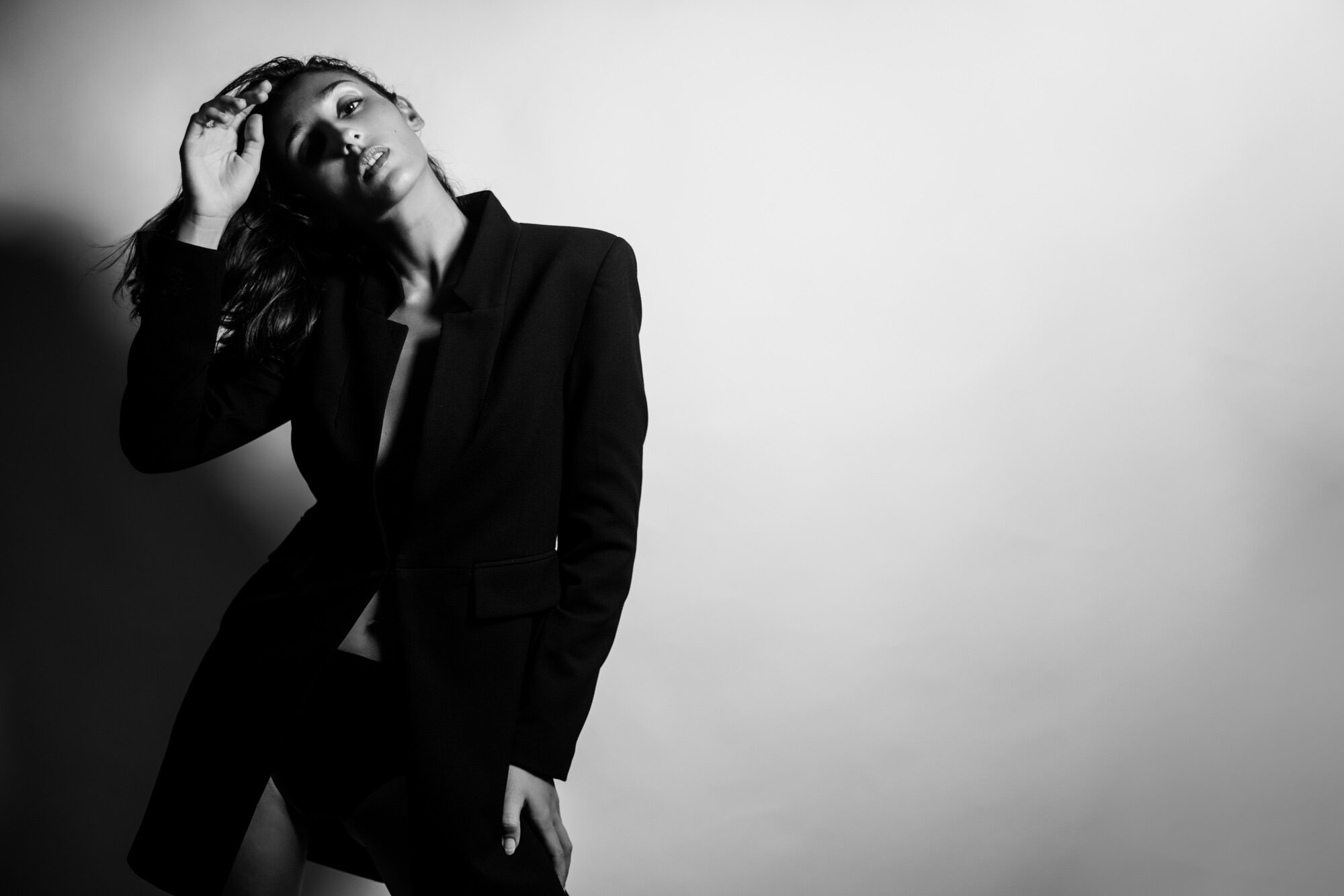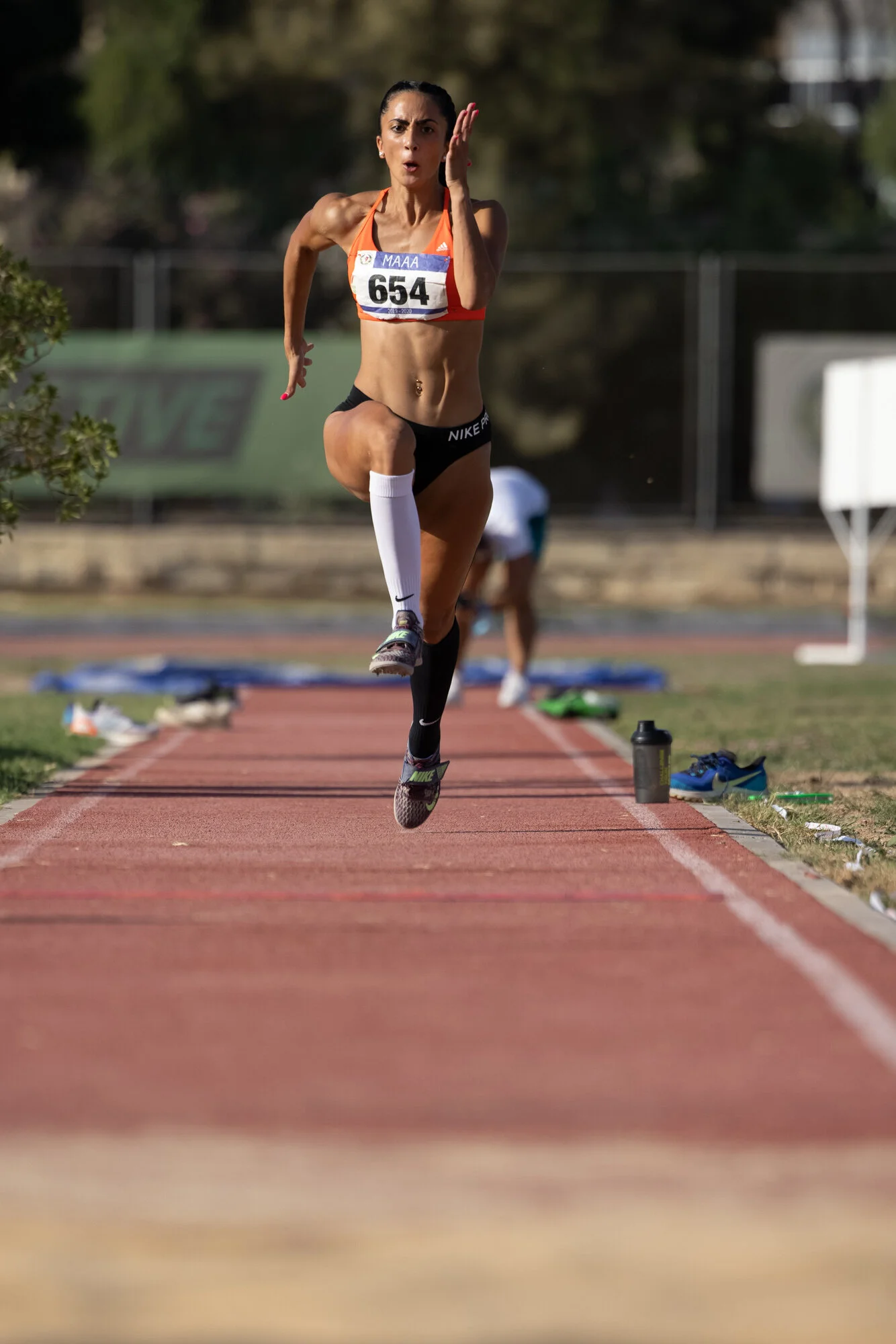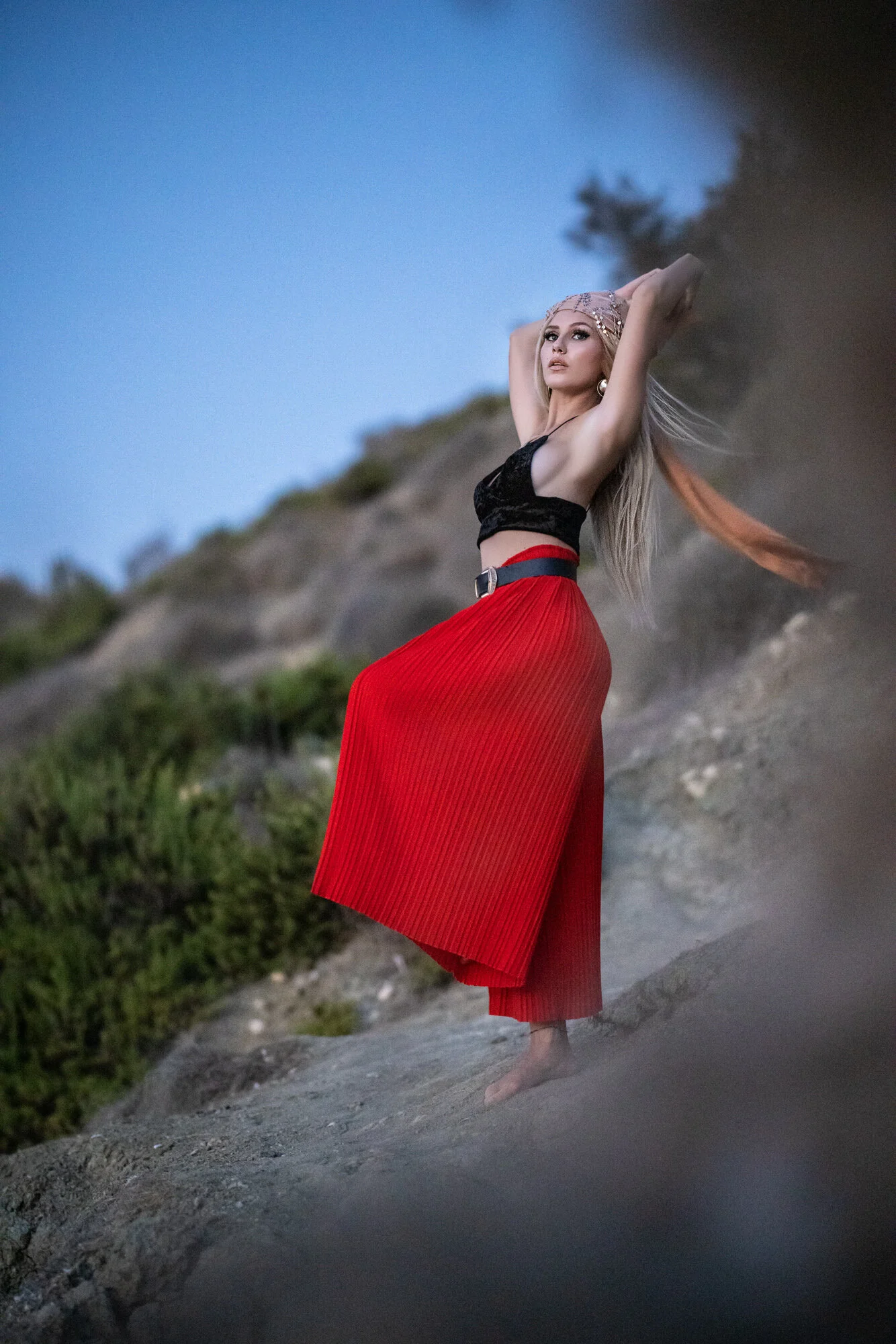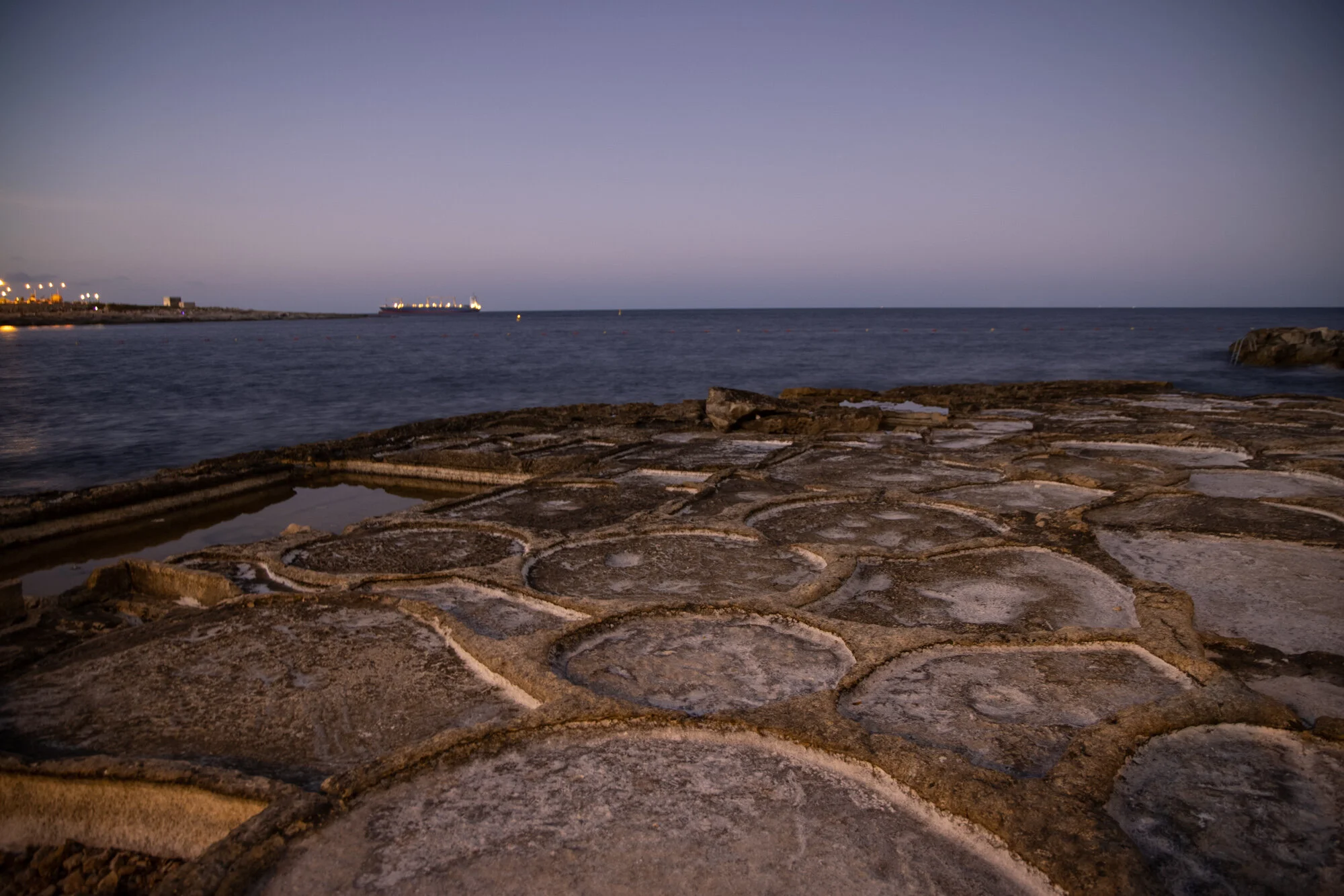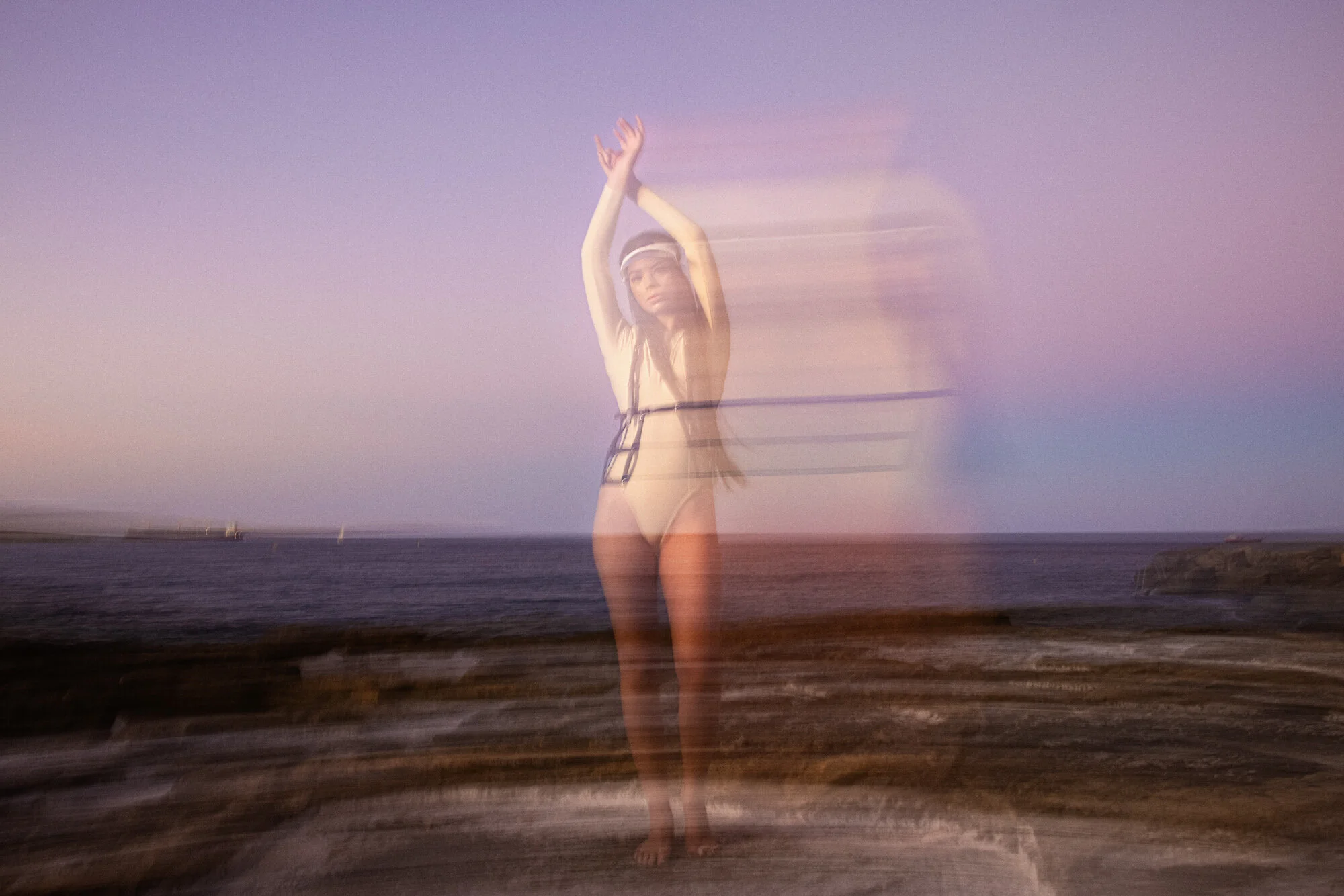I used the Canon EOS R5 as my primary camera for 2 weeks
Reviewing the Canon R5
I have been excitedly reading rumours about this camera for a while now, since this is the camera I knew I wanted when I saw the Canon EOS R. The EOS R was a camera which I felt, left a gap for people like myself who are used to shooting using the 5D series of cameras from Canon. So when I was approached by Avantech who represent Canon in Malta to organise a panel discussion for the launch of the Canon R5 & R6 in Malta which would coincide with World Photography Day - I excitedly accepted with the condition that i am free to speak my mind, to which they agreed.
I was sent an R5 body and a few canon RF lenses since my bag was entirely made up of EF L glass and off I went. If you want to stop reading here, the next paragraphs are basically going to suggest that if you currently work with an EOS 5D or 6D (possibly even some 1D shooters) - then you should sell your camera and move to either the R5 or R6 depending on your needs. These cameras completely change the experience of making photos and they have the best sensors Canon have ever made so far.
I am not going to discuss each of the technical specs of the camera - there are plenty of resources out there - but rather i will focus on the reasons why i will be moving away from the 5D and eventually retiring my EF glass.
Kylie shot in studio with Canon EOS R5 and EF 50mm f1.2L with adaptor
The Optical viewfinder is obsolete.
The first thing that slaps you in the face with the R5 is the detail and responsiveness of the EVF. The next thing that you find is that it becomes really easy to do a bunch of things you couldn’t do before and improves others. An improvement for me was the live focus boxes as part of the image as opposed to the overlay boxes on traditional OVFs which can be hard to see in dark shots. Live exposure simulation is a really easy way to see that the final image is what you intended, it also brightens up the image if you are in very dark settings making it easier to compose. The biggest game-changer for me is having menus and image review in the viewfinder itself - it becomes trivial to simply pause for a second to see the last image you shot or to see images in great detail in very sunny conditions. The title of this paragraph may not be true for some niche areas such as some sports photography, but for my needs, and for most people i think there is no longer any reason to use an OVF.
I must admit that i am a bit disappointed that the EVF in the R6 does not have the same resolution as that in the R5 and it’s the only mixed feelings i have about saying the the R6 is “perfect” for me.
The R5 sensor is better than the 5D mark 4 in every way.
This is a really simple statement but to expand it a bit more - the RAW files have more detail, you have 15MPix more resolution, skin tones are better and there is more dynamic range. I have not tried out the R6, even though this is the camera i may end up buying. The R6 supposedly has even better dynamic range than the R5 at the cost of having “only” 20Mpix which is a non issue for me. If you are coming from the 5DS or 5DSr, which have a higher Megapixel sensor than the R5 - i have also tested these cameras and the effective clarity and detail you get from the R5 is better than what I managed to get from the 5DS. Apart from the better dynamic range which comes from the sensor, I believe that the IBIS in the R5 makes the higher resolution more usable - and that a lot of detail in the 5DS is lost from things such as ever so slight camera shake for example
Karolina shot in studio with Canon EOS R5 and RF 85mm f1.2 DS
Very high FPS shooting and a buffer that you can ignore
Even when I was being silly and just mashing the shutter at high FPS, i didn’t come close to filling up the buffer on the camera. I’m reasonably certain that there will be very few scenarios, if ever at all that anyone will have to slow down shooting because of buffer running out. The camera uses CFExpress cards which are pretty fast and the SD slort is also UHS-II enabled making it pretty speedy too with the right cards.
The camera can shoot with either an electronic or mechanical shutter - which changes the maximum frames per second available. When I used the electronic shutter, i was pretty impressed with the results and i couldn’t see much in terms of rolling shutter
Claire Azzopardi during the triple jump at Cavailieri Art Hotel MAAA Nationals 2020. Canon EOS R5 & RF 70-200 f2.8L
Dual Pixel AFII with Eye AF tracking is a game changer
I shoot a lot of people using very wide apertures. This means that I typically dont have the luxury of focusing and re-composing, so i have to move the focus box onto the eye, hope that the camera does not use the cheek or eyelash and then focus/take the shot. This process and skill becomes completely redundant when shooting with the R5 - simply put the camera in Eye AF tracking mode, compose the shot and off you go.
Before I got the camera, i was not sure if this was some marketing spiel or an actual usable feature for day to day work so i was determined to make it suffer. I asked models to put their hands in front of the face, shooting through grass/foliage, hiding part of the face… I shot in stupidly dark places and had the model walk and twirl around…I actively TRIED to make it go wrong and yet it managed to get the focus correct (at f1.2/f1.6/f2.0) almost every time. When i was shooting at the MAAA athletics national championships, my keeper rate was the highest I ever had for sports.
The only time you cannot blindly trust it, is when you have multiple people in the frame. It has a bunch of settings to tweak its behaviour which may improve this experience and most times it seems to uncannily pick out the correct subject but there were a couple of unexpected blips here.
The reason this is such as game changer is that it removes one more variable that a photographer has to keep track of during shooting.
Sarah, shot through plants & flowers using the Canon EOS R5 with Eye AF and RF 85mm f1.2 DS
The Ultimate Enabler
To quote one of the panelists in the R5 launch, Clive Booth, the R5 is the “ultimate enabler”. What this means is that when it comes to creating a photo, the R5 will abstract away things like focus, exposure to the point that the only thing which you need to bring to the table is your creativity. It allows you free your mind completely of the “science” of photography to study your subject and compose/time your shot. Apart from being a better user experience, it also means that you are only thinking of 1 thing - subjectively i felt that i was taking better photos with the R5 specifically for this reason, and when i say better i am referring to content/composition, not the actual image quality.
Another reason why i felt so comfortable with this camera is that feel of the camera is very similar to the way the 5D operates. There is a new wheel at the top back of the camera (which is set to control ISO by default), which together with the back and forefinger wheels and the joystick make it a very familiar camera to operate.
Stella Cini shot at ISO 12800, using the Canon EOS R5 and RF 85mm DS at f1.2, 1/40s
Batteries and Battery Life
The nice thing is that any batteries you have from the 5D series can be used with the R5 and R6 even though they are not exactly the batteries that come with these cameras. The new LP-E6NH has a bit more capacity and is required when really making the most of the R5’s continuous shooting mode, but for all other things, the old LP-E6 batteries will work on the R5. I did notice that the R5 consumes batteries at a higher rate than the 5D mk4. This is not alarming since anyone buying a camera at this level will be also buying multiple batteries.
In-body image stabiliser (IBIS)
The Canon R5 has an image stabiliser that uses stabilisers in both the body and the lens to achieve some pretty impressive results. I was regularly able to hand-hold 1-2sec exposures and even though not perfect, i have a 5 second exposure that would look great printed. Whist this is great in unlocking the overall quality of the high resolution sensor, i feel that this is not a game changing feature for my usages. It has opened up a few creative doors such as the shot below which would have required flash+continuous light where i only had an LED with me. So in short, this feature works REALLY well and it’s a really good nice-to-have.
Handheld 3.2 second exposure with Canon EOS R5 and 24-105IS
Alexia @ Models M, Single Long Exposure, shot using the Canon EOS R5 and 28-70mm f2
EF Lenses and Adaptors
The pro EF ‘L’ lenses are fantastic workhorses and hats off to Canon for the EF-to-RF adaptor - it not only works “as well” as on the 5D but it’s actually better. I had heard the claim that EF glass on RF bodies will be better than it was and to be honest i thought this was ambitious - but my experience really matches this. For example the EF 50mm f1.2L lens is the lens which i have a love/hate relationship with. It’s great optically and has a lot of character, but focusing at wide apertures is erratic. I was convinced that this was one of the lenses i would sell to move to RF - but now i’m not actually so sure. When i used it on the R5 via the adaptor, it was way way better and reliable than it ever was on the 5D. The RF 50mm 1.2L is a sharper lens, and i may upgrade to it at some point, but i dont HAVE to.
And this is the key win here - i thought that to move to the R5 and get the full capabilities i had to sell all my lenses and buy native RF glass, at which point i questioned even remaining with Canon. But the benefit of moving from 5D to R5/6 means that just by changing body, i DON’T have to sell my lenses and i get an upgrade to all my lenses to boot.
The RF lenses feel a little bit better than the EF ones - but this is really because they are newer lenses built using newer parts and designs. I am a big fan of EF L lenses, but even those don’t stand up to the build quality or the sharpness of the new RF lenses.
Robyn @ Models M, Shot using the Canon EOS R5 and 85mm f1.2L DS
Conclusion
Thank you for making it this far, if you have any questions about the R5 or using EF glass via an adaptor please leave them in the comments below. As i stated in the first paragraph, i am actively planning to move from 5D to R6 and then possibly splurge on a couple of RF lenses. I have since had to return the R5 and all the points i mention above really start to hit home - i had a shoot in low light and my keeper rate was significantly lower than a similar shoot i did with R5 and its insanely amazing autofocus system.
Lastly, some well deserved thanks:
I would like to thank Avantech (www.canonmalta.com) and Canon Europe for loaning me the camera and lenses, all the models and agencies & MAAA for working with me and being patient as i geeked around with the R5. I’d also like to thank Franklin Balzan for making it possible to compare head to head with a Sony A7R3 .

